Grid-14
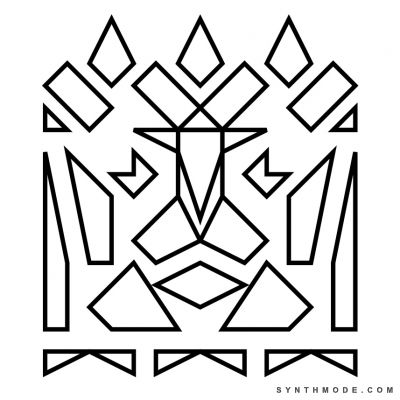
Grid-14 uses over 10 different shapes reflected over the y axis, which is notably more than most gridz we've seen so far.
In Grid-13 we talked about the pareidolia phenomenon and its leak over to the world of artificial intelligence. Facial recognition is a very specific sub-set of objects our minds are able to identify. As I revisited this piece in order to write this description, two images quickly came to mind: the first being a lion's face and the second being Baphomet, a 19th century image of a "Sabbatic Goat" created by Eliphas Lévi and adopted by many cults and traditions as a satanic idol.
Both of these images are very powerful; one is a top predator in the animal kingdom while the other represents evil in most western Christian traditions. It came to no surprise that my brain found these images and quickly plugged them in to Grid-13--what was surprising was how fitting they actually were:

The match between the lion and Grid-14 is, in my opinion, easier to process as it relies heavily on facial-recognition, which is one of the most common image-recognition processes for the human brain.

The match between Eliphas Lévi's Baphomet and Grid-14 is more complex and probably harder to correlate even though the match is clear when the images are superimposed. The face fits the triangular center in a similar fashion as the Pentagram. The horns, chest, wings, legs, and even feet happen to fall in seemingly matching sections of Grid-14.
Introducing Gridz
Gridz are abstract art pieces with the following characteristics:
- Have a minimalist design
- Are drawn using a grid as aguide (usually from 8x8 up to 20x20)
- Use only staringht lines that start and end at grid crossings
- Use repetition and space creatively and thoughtfully
- May implement familiar/thought-provoking shapes and symbols
-
Do not use suggestive titles



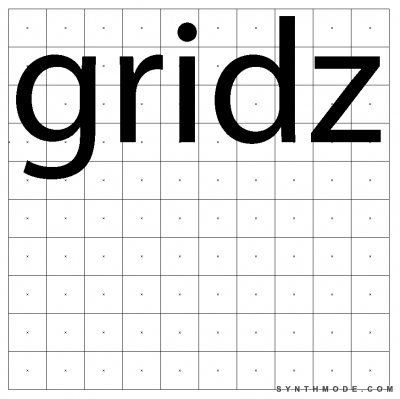
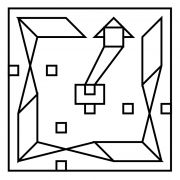

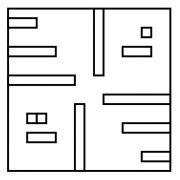



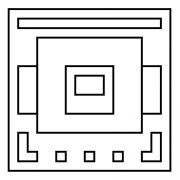


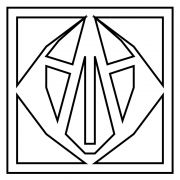


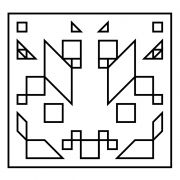





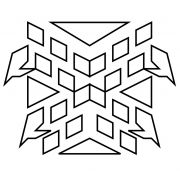
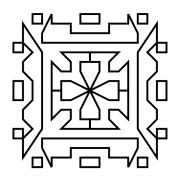
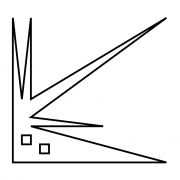

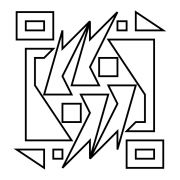
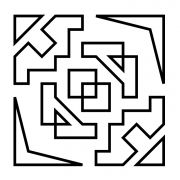
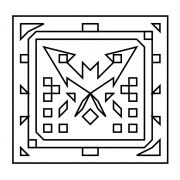



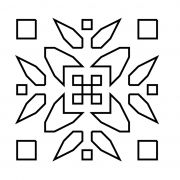
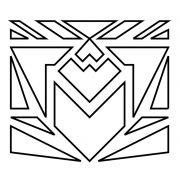
Add new comment